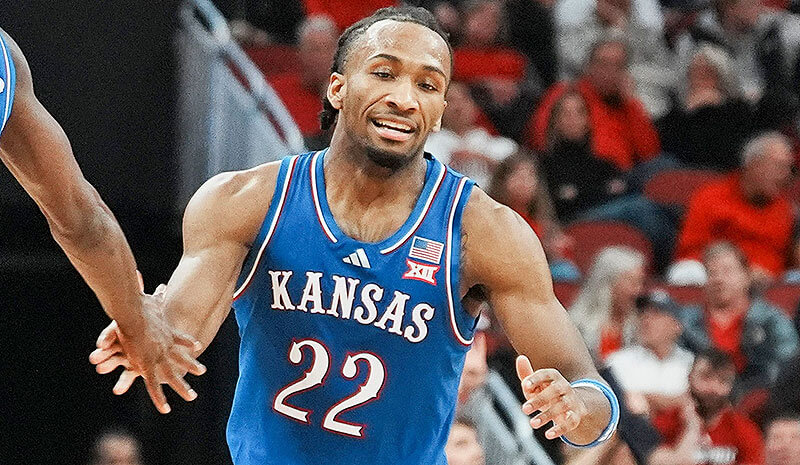The NCAA college basketball season delivers an incredible volume of betting opportunities in just four months. With most teams playing around 30–32 games and 357 different Division I teams appearing on the betting board, the action is nonstop.
A bettor’s biggest advantage is selectivity — sportsbooks are required to post lines on every game, but bettors can choose which ones to play. That’s what makes college basketball such a valuable market.
Advertisement
Savvy handicappers focus on specific conferences and teams, allowing them to gain an edge over oddsmakers who must manage lines for hundreds of matchups throughout the season.
Early season
College basketball has evolved significantly over the past decade. With star players rarely staying more than a year or two before heading to the NBA, the most talented teams are often also the youngest and least experienced when the season tips off in November. It typically takes a month or two for freshmen to adjust and reach their potential.
This creates early-season betting value, especially in non-conference matchups where veteran mid-major teams face highly ranked but inexperienced Top-25 opponents. Momentum also plays a key role in November and December — teams coming off a dominant win often carry that confidence forward, while struggling teams should be approached with caution until they show real improvement on the court.
Advertisement
Travel and rest are additional factors to consider early in the season, particularly during invitational tournaments held on neutral courts in places like Hawaii or the Virgin Islands. Teams often play multiple games on consecutive days, which can lead to misleading final scores and unpredictable results. Approach these early non-conference tournaments carefully, as they don’t always reflect how teams will perform later in the season.
Covers NCAAB betting tools
Conference games
The core of the college basketball season unfolds in January and February with conference play, offering some of the best handicapping opportunities of the year. By this point, NCAAB stats carry more weight since teams share more common opponents. Pace of play becomes a crucial factor — slow, half-court teams often make strong underdog bets against faster, up-tempo opponents.
Advertisement
The three-point shot has become the biggest swing factor in college hoops, with many teams now taking 40% or more of their attempts from beyond the arc. This can lead to misleading single-game outcomes, so always check box scores — teams that shoot unusually well or poorly from three tend to regress toward the mean in future games.
Revenge is another key angle in conference matchups, as most teams face each other twice per season. When evaluating rematches, look for outliers in the first meeting — such as injuries, foul trouble, or extreme shooting percentages — that could create line value the second time around.
Finally, Senior Night and last home games can provide added motivation late in the season, especially for mid-major programs with strong home-court advantages and veteran leadership.
March Madness
March Madness ranks as the second-largest sports betting event after the Super Bowl, drawing massive public action. That’s why taking a contrarian approach can often pay off — especially when backing experienced, mid-major underdogs.
Advertisement
When handicapping tournament games, focus on key factors like matchups, pace of play, and strength of schedule. Motivation also plays a major role in the smaller postseason tournaments such as the NIT, CIT, and CBI. Teams disappointed by missing the NCAA Tournament often experience a letdown in their first game, so approach those matchups with caution.
This article originally appeared on Covers.com, read the full article here
